Starlink has temporarily halted new orders for its home internet kits in several of Nigeria’s most populated urban centers after reaching the maximum lagos-govt-reopens-oko-oba-abattoir/” title=”… govt reopens Oko-Oba Abattoir”>capacity of its network. Key districts in Lagos such as Victoria Island, Ikoyi, Lagos Island, and Surulere, along with Abuja, are currently listed as “Sold Out” on Starlink’s official site due to network congestion.
Residents in these locations can only join a waiting list to subscribe. Interested customers are required to place a deposit and will receive a notification once additional service slots open up. For instance, at Chevyville Estate in Lekki, attempts to subscribe returned the message: “Starlink service is currently at capacity in your area. However, you can secure your place on the waitlist by paying a deposit now and will be alerted as soon as service availability resumes.”
This is not the first instance where Nigerians have faced delays in accessing Starlink’s services. Back in November 2024, the company paused nationwide orders for nearly eight months, citing bandwidth limitations and awaiting regulatory approval from the Nigerian Communications Commission (NCC), particularly concerning proposed pricing changes. Orders recommenced only in late June 2025 following infrastructure enhancements and regulatory clearance.
An anonymous Starlink engineer, speaking off the record due to company policy, explained that these interruptions are intentional to maintain service quality: “When a region reaches its designed capacity, we pause new subscriptions to ensure existing users continue to experience reliable connectivity. This approach helps maintain optimal network performance within the area.” Resolving congestion issues may involve launching additional satellites or obtaining fresh regulatory permissions to expand service capacity, depending on the region.
Meanwhile, Starlink’s subscription fees have seen significant increases since its Nigerian debut. The monthly charge, initially about ₦38,000 ($25.33), rose to ₦45,000 ($30) and later escalated to approximately ₦56,000 ($37) in 2025. The company attributes these hikes to the ongoing depreciation of the naira, rising operational expenses, and adherence to NCC regulations.
These price adjustments triggered customer dissatisfaction and led to temporary regulatory actions that delayed the onboarding of new users until mid-2025. The consequences were evident in subscriber trends.
In the first quarter of 2025, Starlink experienced its first subscriber decline in Nigeria since launching. Data from the NCC revealed a drop in active users from 65,564 in Q4 2024 to 59,509 in Q1 2025-a decrease of over 6,000 subscribers, or roughly 9%. Analysts attribute this downturn to the steep increases in subscription and equipment costs, Nigeria’s challenging economic environment, and service interruptions caused by the suspension of new activations. Many customers either migrated to more affordable alternatives or discontinued service altogether.
Save the date! Moonshot by TechCabal returns to Lagos on October 15-16! Join Africa’s leading entrepreneurs, creatives, and tech innovators for two days filled with inspiring keynotes, networking events, and forward-thinking discussions. Secure your tickets now at: moonshot.techcabal.com




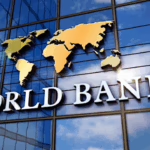
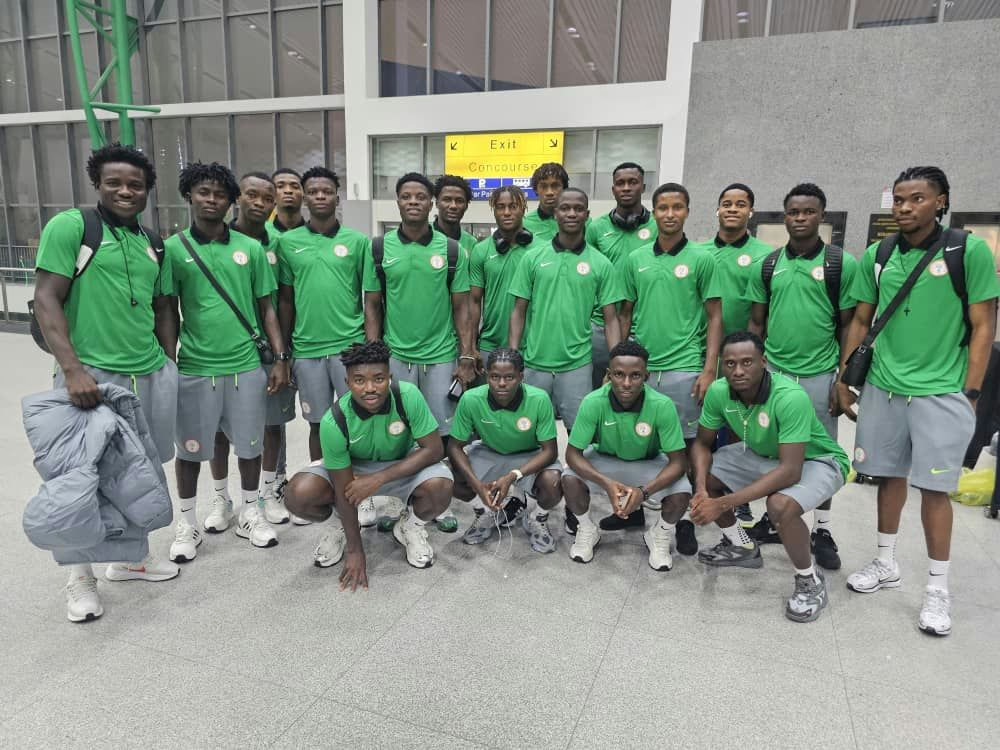



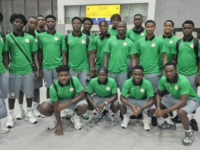
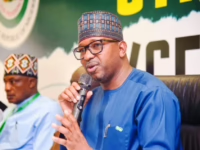

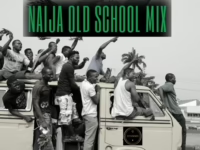


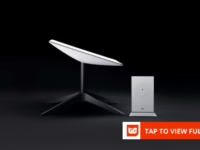

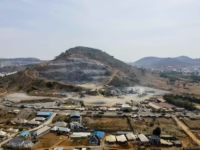
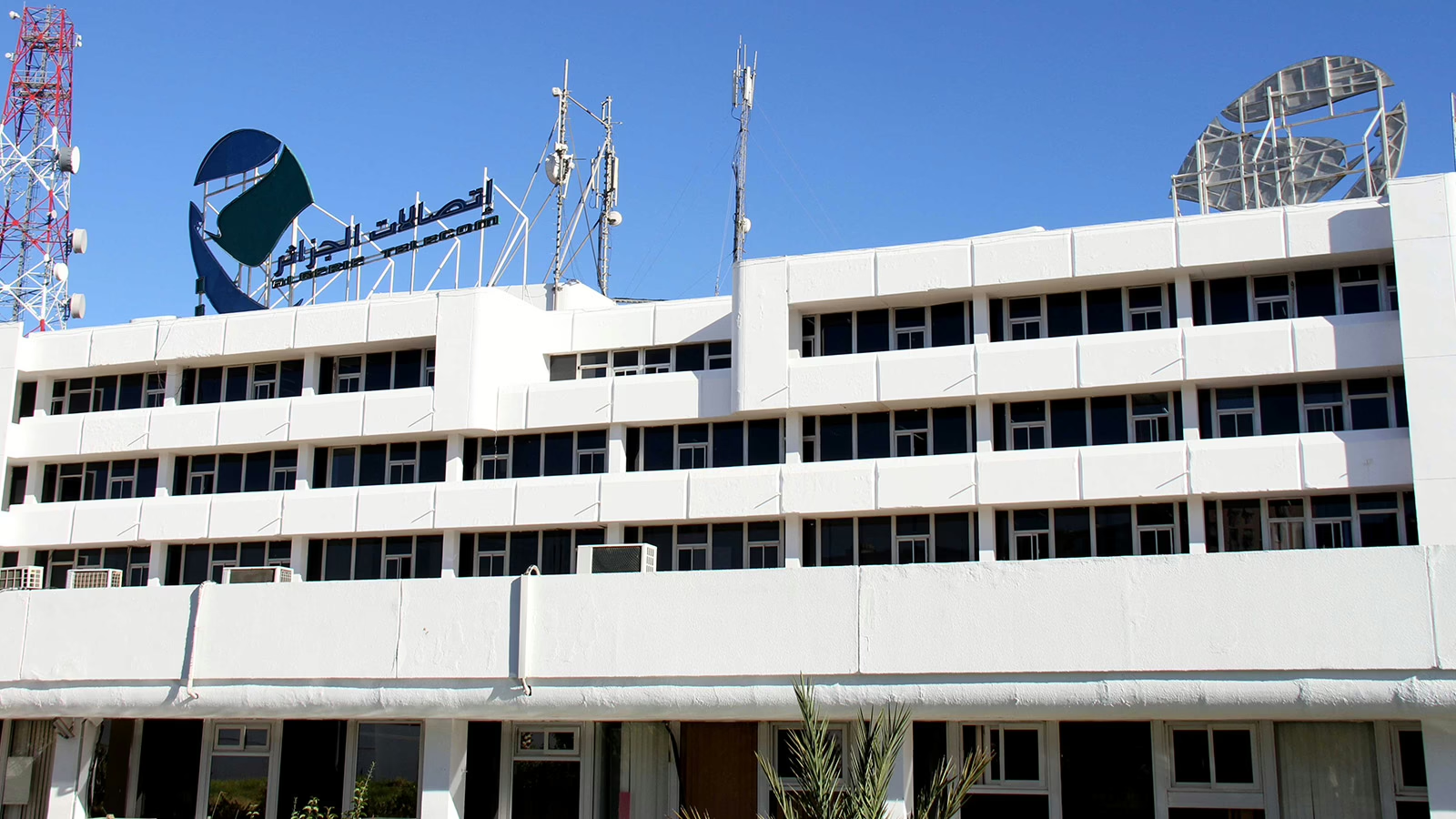

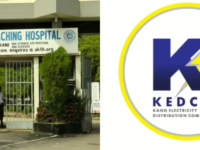

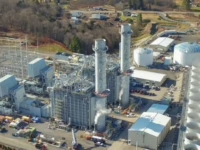
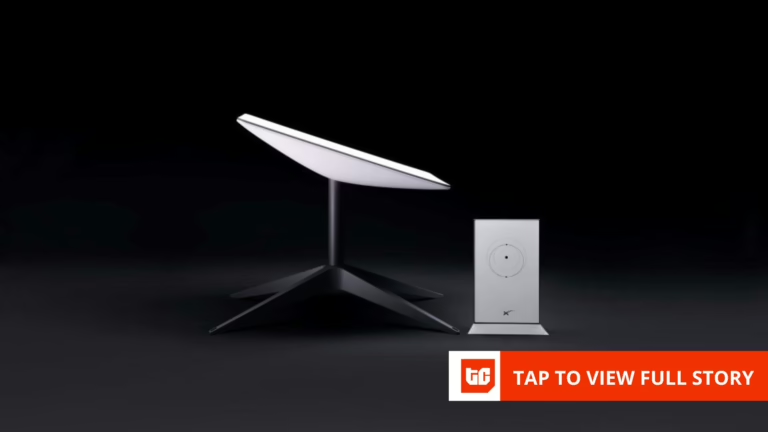

0 Comments